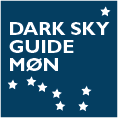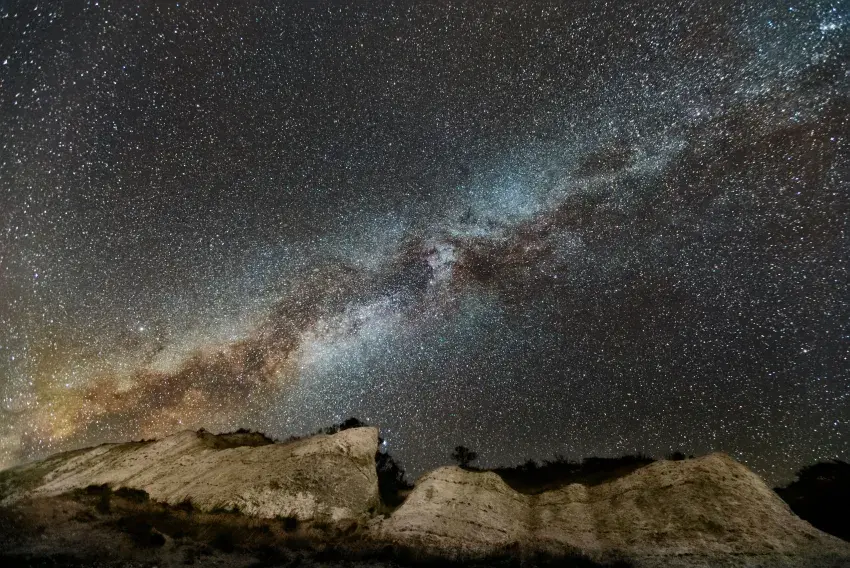When is the best season or date to visit Dark Sky Park Møn?
Dark Sky Park Møn & Nyord is worth a visit all year round.
Different parts of the sky can be seen at different seasons, as we look out in different directions at night as we orbit the sun during the year. So if you want to see something specific, it is important to know which season is best for it. If there is something special you want to see, we will be happy to answer when it is best.
The experience is of course different depending on the time of year, here is a short summary:
Winter (November - February): Most dark hours, the Milky Way is less visible, the winter constellations such as Orion is only visible now. It is typically quite cloudy in winter, but there may well be some periods of clear weather.
Spring (March - May): The Milky Way is more visible, animals are very active, skies are often clear and humidity is lower.
Summer (June - July): The Milky Way is right above us, luminous night clouds are nice to see, but there are not many dark hours. From midnight to 2 is the darkest, then the sky can be very beautiful with a constant sunset to the north, where the sun hides just below the horizon.
Late summer (August - October): Best time to see the Milky Way. In these years (2023-2025) it is also the best time to see the big, beautiful planets Saturn and Jupiter.
The major planets are visible at different times of the year, it changes every year. Here is an overview of the planets: https://darkskymoen.dk/en/node/227
It is best to see the night sky when there is no moonlight. See our moon calendar to find the best nights when the moon has not risen yet: https://darkskymoen.dk/en/node/108




